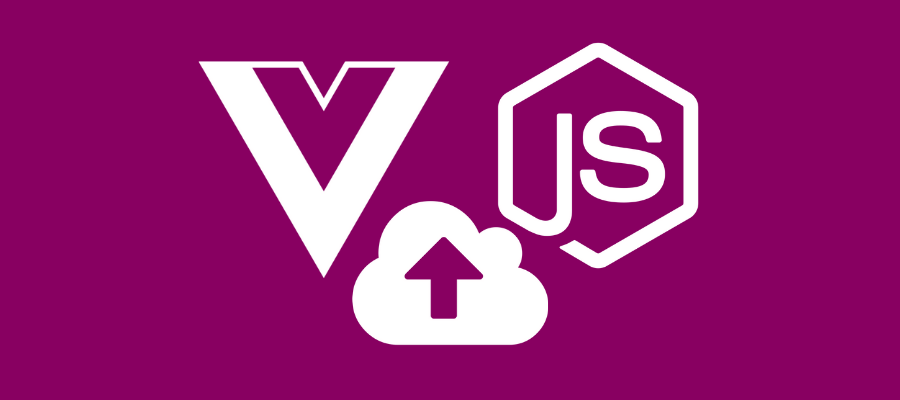


So given those promises, this is what happens: the first promise in the chain is a function that we defined, called status(), that checks the response status and if it's not a success response (between 200 and 299), it rejects the promise. Response also has a json() method, which returns a promise that will resolve with the content of the body processed and transformed into JSON. statusText, a status message, which is OK if the request succeeded.
NODEJS FETCH CODE
status, a numeric value representing the HTTP status code.Running fetch() returns a response, which has many properties, and within those we reference: In this example, we call fetch() to get a list of TODO items from the todos.json file found in the domain root, and we create a chain of promises. Node-fetch is minimal code for window.fetch compatible API on Node.js runtime.

The Promise API exposes a Promise constructor, which you initialize using new Promise(): It's unlikely that in modern JavaScript you'll find yourself not using promises, so let's start diving right into them. In addition to your own code and libraries code, promises are used by standard modern Web APIs such as: The created promise will eventually end in a resolved state, or in a rejected state, calling the respective callback functions (passed to then and catch) upon finishing. This means that the calling function continues executing, while the promise is pending until it resolves, giving the calling function whatever data was being requested. Once a promise has been called, it will start in a pending state. Promises have been part of the language for years (standardized and introduced in ES2015), and have recently become more integrated, with async and await in ES2017.Īsync functions use promises behind the scenes, so understanding how promises work is fundamental to understanding how async and await work. Promises are one way to deal with asynchronous code, without getting stuck in callback hell.
NODEJS FETCH HOW TO
Offline_boltGetting Started The V8 JavaScript Engine Run Node.js scripts from the command line How to exit from a Node.js program How to read environment variables from Node.js How to use the Node.js REPL Node.js, accept arguments from the command line Output to the command line using Node.js Accept input from the command line in Node.js Expose functionality from a Node.js file using exports An introduction to the npm package manager Where does npm install the packages? How to use or execute a package installed using npm The package.json guide The package-lock.json file Find the installed version of an npm package Install an older version of an npm package Update all the Node.js dependencies to their latest version Semantic Versioning using npm Uninstalling npm packages npm global or local packages npm dependencies and devDependencies The npx Node.js Package Runner The Node.js Event Loop Understanding process.nextTick() Understanding setImmediate() Discover JavaScript Timers JavaScript Asynchronous Programming and Callbacks Understanding JavaScript Promises Modern Asynchronous JavaScript with Async and Await The Node.js Event emitter Build an HTTP Server Making HTTP requests with Node.js Get HTTP request body data using Node.js Working with file descriptors in Node.js Node.js file stats Node.js File Paths Reading files with Node.js Writing files with Node.js Working with folders in Node.js The Node.js fs module The Node.js path module The Node.js os module The Node.js events module The Node.js http module Node.js Buffers Node.js Streams Node.js, the difference between development and production Error handling in Node.js How to log an object in Node.js Node.js with TypeScript Node.js with WebAssembly Understanding JavaScript Promises TABLE OF CONTENTSĪ promise is commonly defined as a proxy for a value that will eventually become available. Offline_boltQuick Start Introduction to Node.js A brief history of Node.js How to install Node.js How much JavaScript do you need to know to use Node.js? Differences between Node.js and the Browser


 0 kommentar(er)
0 kommentar(er)
